13 Outdoor Safety Red Flags Every Hiker Should Recognize
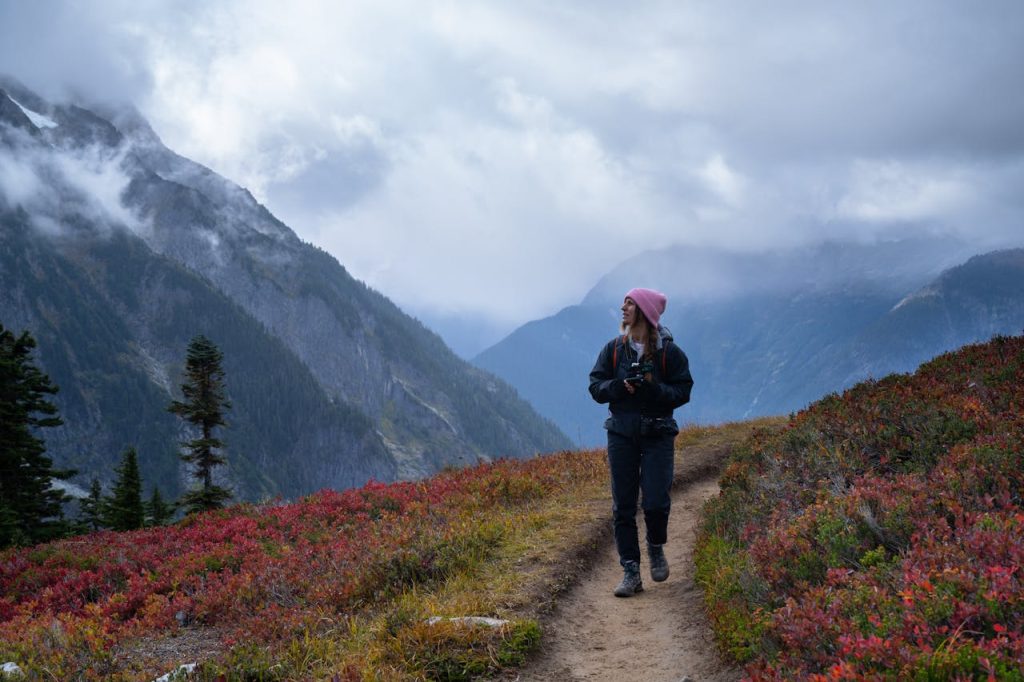
Every hike looks harmless at first the sun, the trailhead, the promise of fresh air. But the truth is, the outdoors hides risks that often start small. The best hikers aren’t fearless; they’re alert. They know when to turn around, when to slow down, and when something just feels off. Learning to recognize red flags can mean the difference between a memorable hike and a dangerous one. Here are thirteen outdoor warning signs you should never ignore once you’re on the trail.
1. Sudden Weather Changes
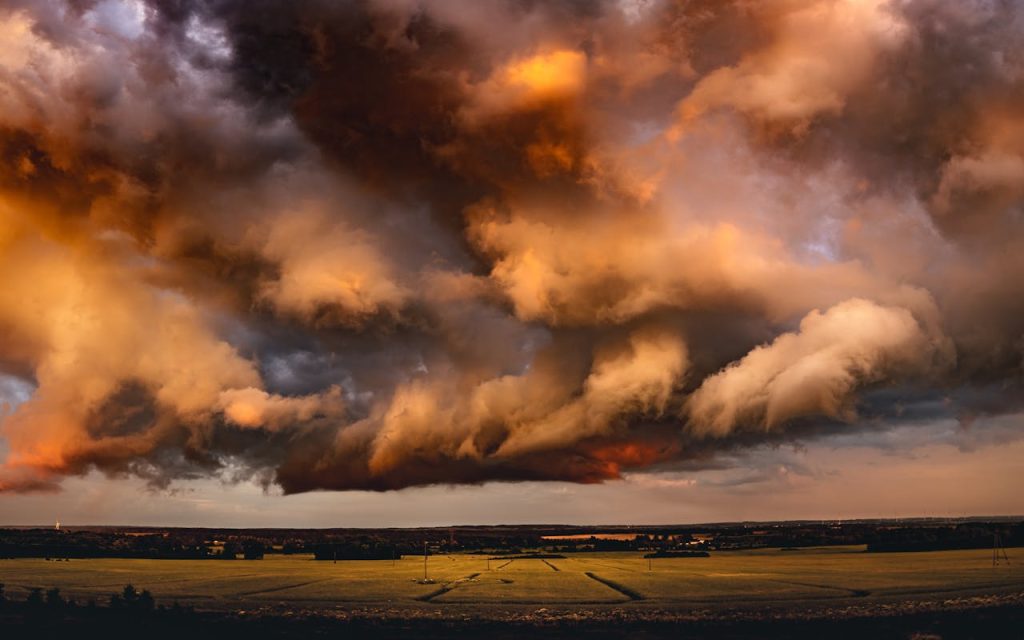
If clouds darken fast, winds shift direction, or temperatures drop suddenly, it’s time to pay attention. Storms can move quicker than you expect, especially at higher elevations. A clear sky in the morning doesn’t guarantee safety by afternoon. Watch for rapid cloud buildup, thunder in the distance, or a quick drop in barometric pressure. These signs often signal lightning or flash floods nearby. Always have a waterproof layer ready and know when to turn back before conditions worsen. Trust your instincts if the air feels heavy or static nature’s way of warning you.
2. Fading Trail Markers
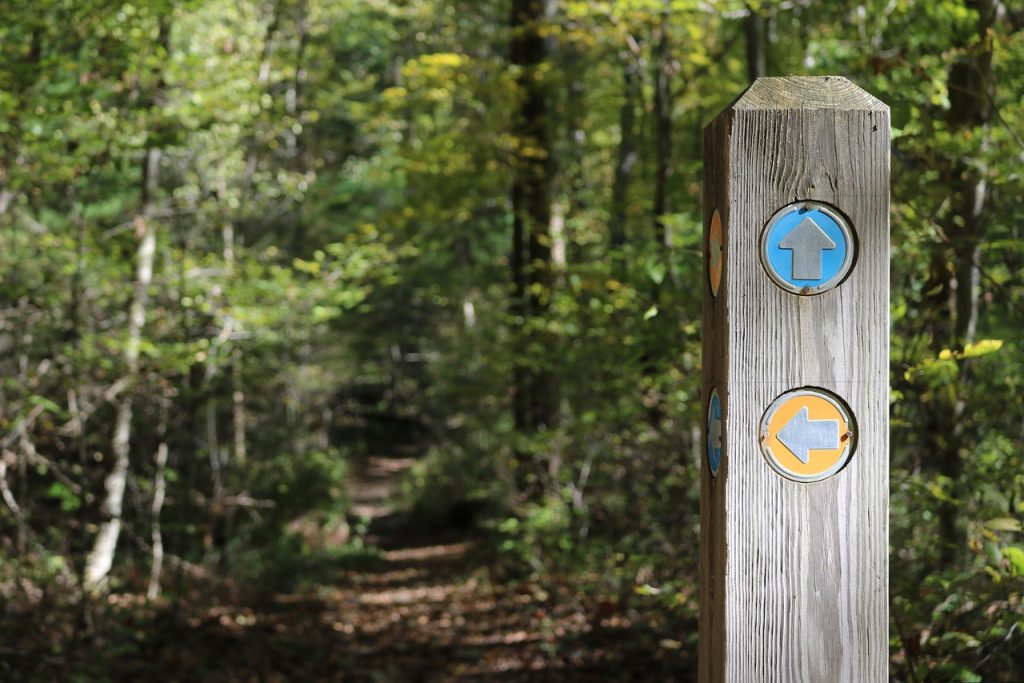
When trail blazes start disappearing or you can’t find consistent markings, that’s not just inconvenient it’s risky. Many hikers get lost because they keep pushing ahead, assuming the path will reconnect. If markers fade, stop and retrace your steps until you spot a known sign. Use a map or GPS instead of relying on memory. It’s smarter to pause and confirm your direction than to guess your way forward. Wandering off-trail increases your chances of injury or encountering unsafe terrain.
3. Signs of Animal Activity

Fresh tracks, droppings, or torn-up ground mean animals were nearby and possibly still are. Don’t ignore claw marks on trees or overturned rocks. Those signs often indicate territorial behavior. If you smell something foul, it could be a carcass, which attracts predators. Make noise while hiking, especially in dense forest or brush. Store food securely and never approach wildlife for photos. You’re sharing their habitat, so awareness and distance are your best defenses.
4. Water Running Muddy or Fast
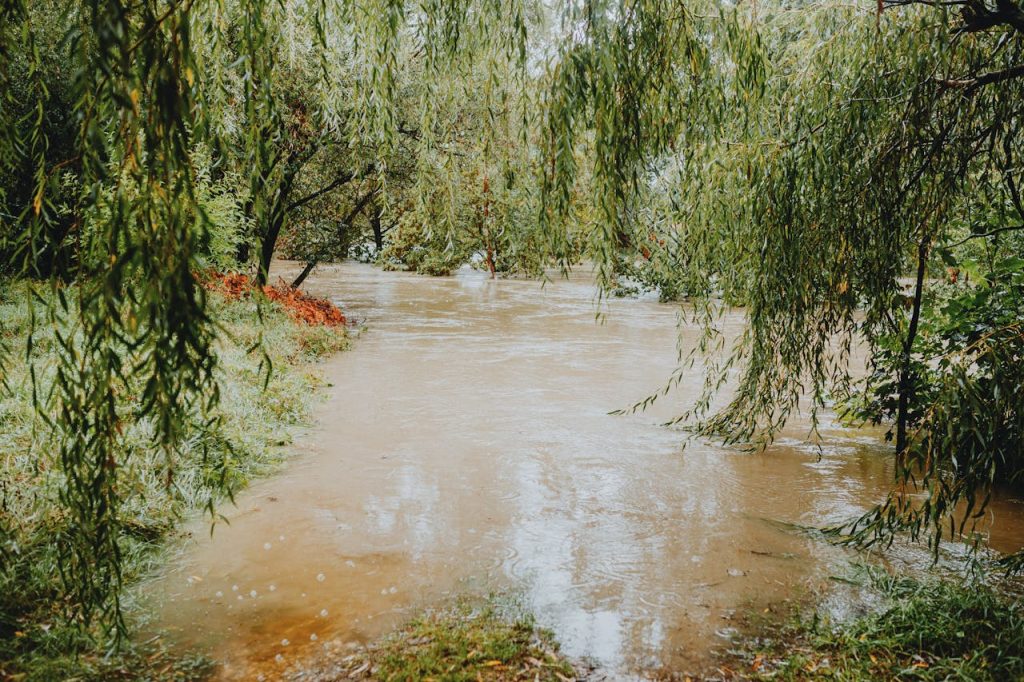
Streams that turn muddy or swell suddenly are a serious red flag. It usually means rain upstream, even if it’s still dry where you are. Flash floods can start miles away and hit without warning. If a stream crosses your path and looks higher or stronger than expected, wait it out. Fast water can sweep you off your feet in seconds. Always cross at the widest, shallowest section and unbuckle your pack straps so you can drop it quickly if needed.
5. Feeling Disoriented or Lightheaded
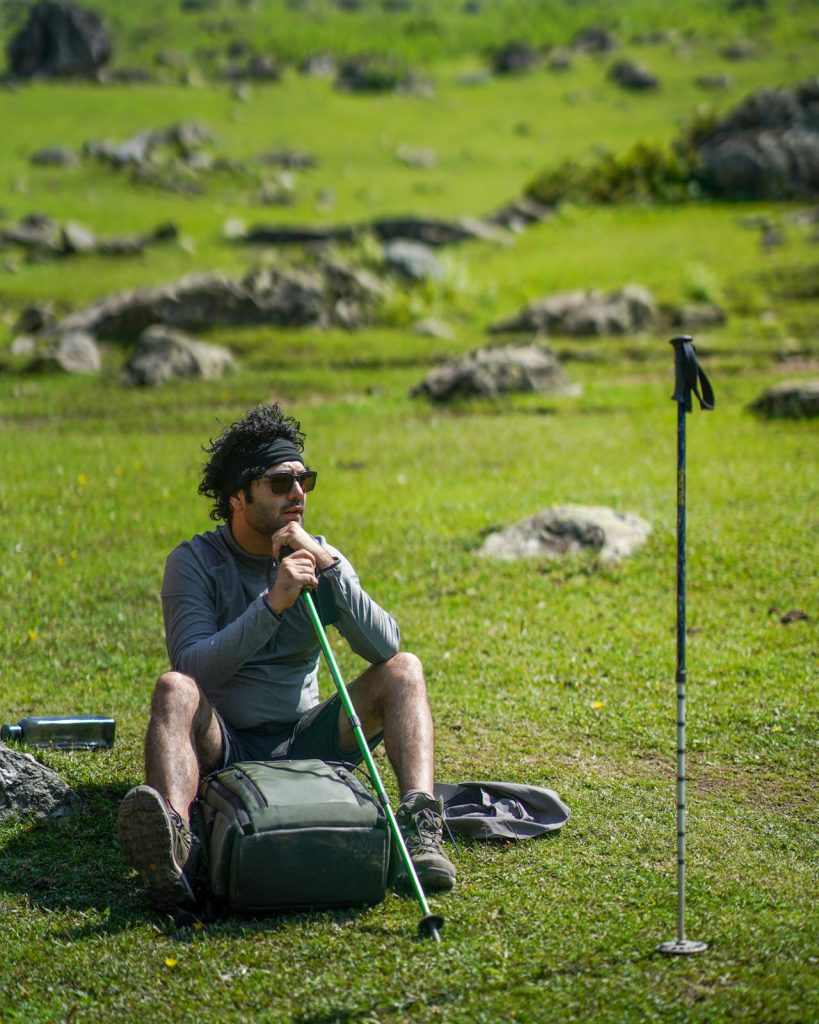
When your balance feels off or your thinking gets foggy, your body is warning you. Altitude sickness, dehydration, or heat exhaustion can sneak up fast. Sit down, hydrate, and eat something salty or sugary. If your symptoms don’t improve, it’s time to turn around. Many hikers push through dizziness and regret it later when coordination drops or nausea sets in. Recognize that confusion isn’t mental weakness it’s your body’s SOS.
6. Footpaths That Suddenly Split or Fade
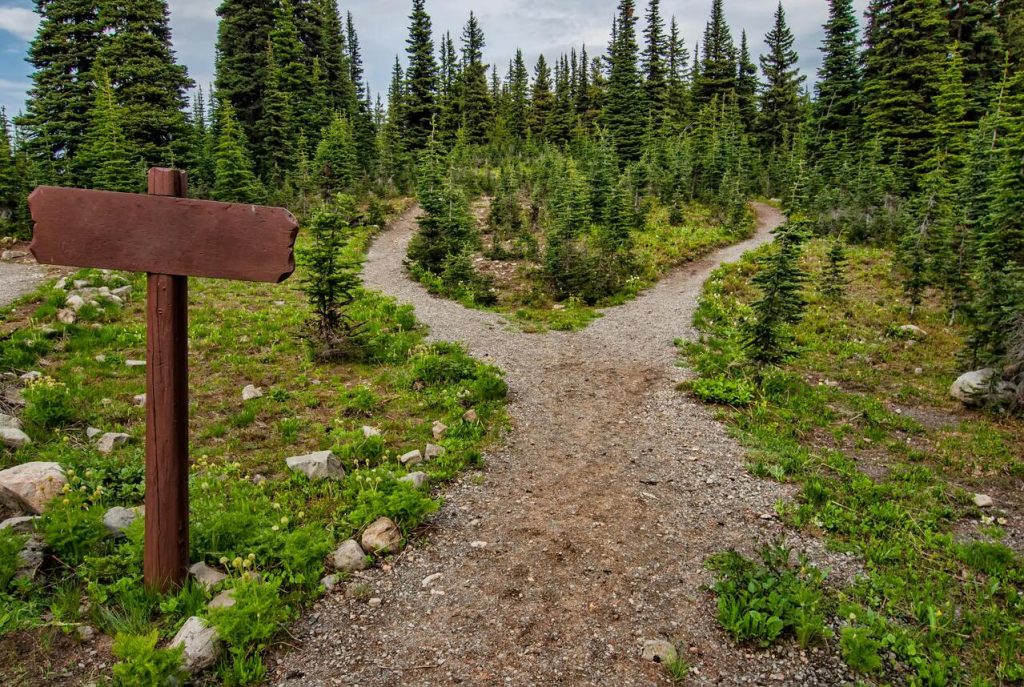
A well marked trail should never disappear without reason. If the path splits with no signage or fades into brush, stop immediately. That’s often where hikers lose direction and waste hours looping back. Check your map or GPS for the last confirmed point and adjust accordingly. Don’t assume a more worn path is the correct one it might lead to an old logging road or animal trail. Always verify before proceeding.
7. Thunder Without Rain
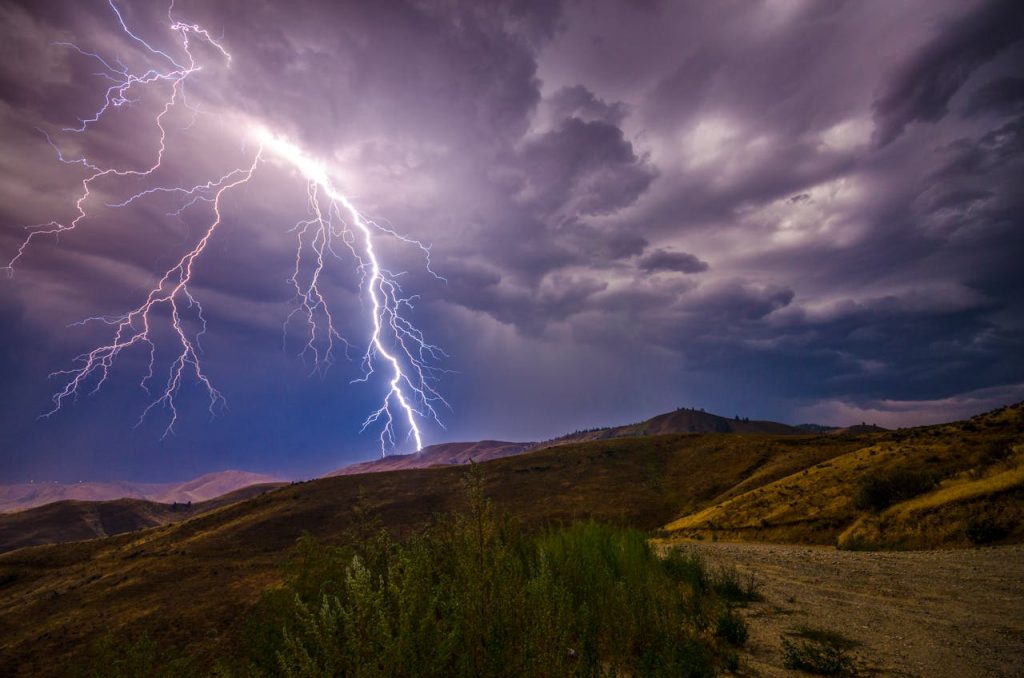
If you hear thunder but the sky still looks partly clear, you’re in danger. Lightning can strike miles from its source. Hikers often underestimate how far storms can reach, especially in open or elevated terrain. Move lower, avoid ridgelines, and stay away from lone trees or metal gear. Shelter inside dense forest if possible. Count the seconds between thunder and flash if it’s under 30, get to safety fast.
8. Freshly Fallen Trees or Cracking Sounds

Trees that have recently fallen or loud cracking from above suggest unstable conditions. High winds, saturated soil, or old growth can make branches snap without warning. Look up regularly, especially in windy weather or after heavy rain. Avoid resting beneath leaning trees or those with hanging limbs. A falling branch can cause severe injuries long before the storm even hits. Awareness keeps you one step ahead of the forest’s hazards.
9. Unusual Silence in Wildlife

If the forest suddenly goes quiet, pay attention. Birds, insects, and small animals often stop making noise when predators are near or when a storm is approaching. That eerie stillness isn’t your imagination; it’s a natural warning system. Take a moment to listen before proceeding. Scan your surroundings and keep your gear close. Silence in nature is rarely peaceful when it happens abruptly.
10. Blisters or Hot Spots Forming Early

It might seem minor, but early foot discomfort can ruin a hike fast. Blisters form when friction and moisture build up, and ignoring them only makes things worse. Stop the moment you feel rubbing or heat. Dry your socks, apply moleskin or tape, and adjust your laces. Continuing with pain risks infection or mobility loss later. Smart hikers fix small problems before they become emergencies.
11. Running Out of Daylight

If the sun starts dropping and you’re far from your destination, it’s time to reassess. Hiking in the dark raises your risk of falls, missed turns, and encounters with wildlife. Always carry a headlamp and know your turnaround time before you begin. It’s better to end early and stay safe than to stumble back by phone light. Sunset sneaks up faster than you think, especially in valleys or dense forests.
12. Strange Odors or Air Quality Shifts
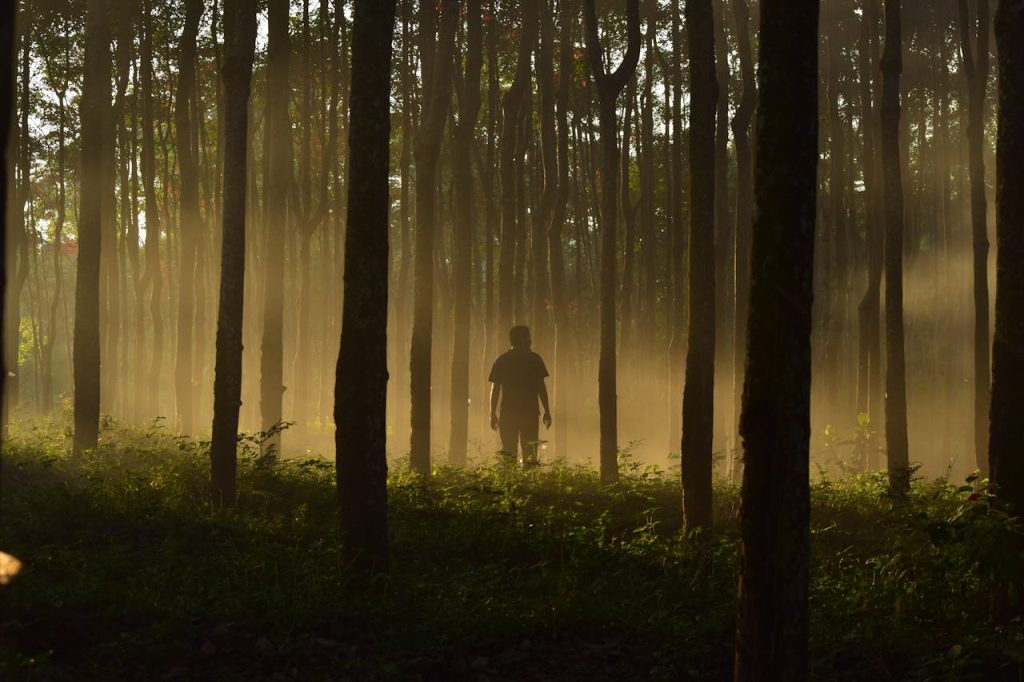
A sudden change in smell like smoke, sulfur, or rot can signal fire, gas release, or decaying matter nearby. Wildfires often start miles away but send warning scents first. If the air feels thick or your throat starts burning, leave the area immediately. Don’t assume it’s a passing smell. Wind can carry danger long before you see it. Keep a bandana or cloth handy to cover your face and move to higher ground if smoke thickens.
13. Ignoring Your Gut Feeling
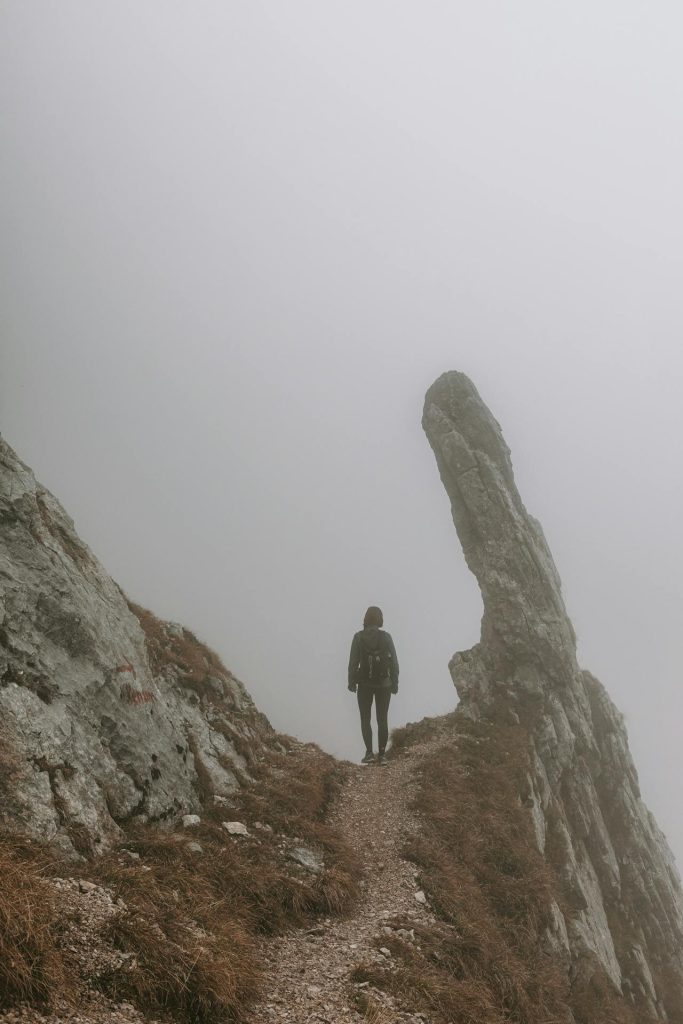
Sometimes, the red flag isn’t visible it’s instinct. If something feels off about the trail, the weather, or even your pace, trust that feeling. Experienced hikers often avoid danger by listening to their intuition before logic catches up. You don’t owe anyone proof or explanation for turning back. Most outdoor accidents start when someone ignores that small voice saying, “This doesn’t feel right.” Your judgment is your best safety tool.





